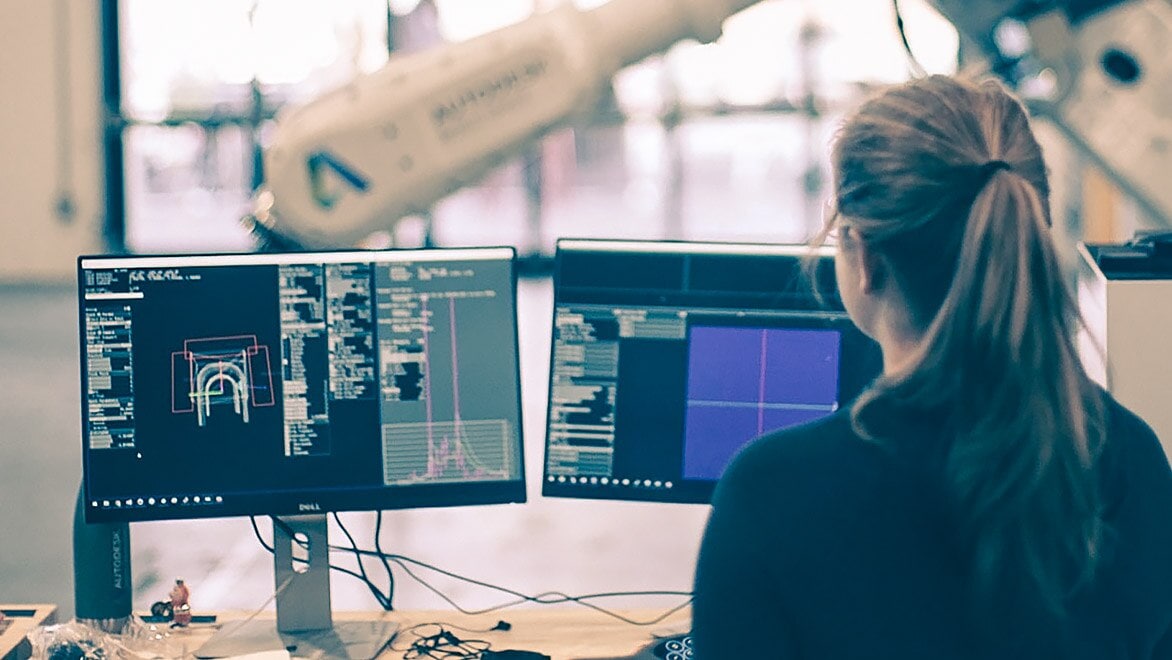PHION TECHNOLOGIES
Enabling the future of smart infrastructure, PHION’s over-the-air wireless power and data platform provides safe, scalable power to large spaces.
Enabling the future of smart infrastructure, PHION’s over-the-air wireless power and data platform provides safe, scalable power to large spaces.
Area of Research:
Over-the-Air Wireless Power and Data Platform
Location:
San Francisco
For the vision of interconnected “smart” cities to become a reality, the challenge of always-available wireless power and connectivity needs to be met. PHION Technologies aims to enable the future of smart infrastructure with its over-the-air power and data platform that provides long-distance, high-power transmission that is both safe and scalable for large spaces.
As opposed to many wireless power protocols that use radio frequency, ultrasound, or inductive solutions, PHION’s system uses infrared light, which delivers three key benefits: range, power, and safety. A single transmitter can operate at up to a 30- foot line of sight from a receiver, deliver tens of watts of power, and scales with the use of multiple transmitters.
Out of a collaboration with Japanese construction general contractors, Takenaka Corporation, the team joined the Autodesk Technology Centers Outsight Network in 2019. Once the development of its first commercial-ready transmitters and receivers is complete, PHION plans to deploy them in pilot projects with commercial real estate and construction partners (including Takenaka) in late 2021 or early 2022.
Although this wireless platform could be used anywhere, it addresses common problems on construction sites, including electric leakage and position tracking difficulties with robots and drones. PHION’s wireless charging platform can power small robots, drones, temporary lighting, laptops, mobile devices, and IoT devices like security cameras and proximity sensors. The receiver device plugs into any USB-C or Apple Lightning port and initiates communication with the transmitter automatically.
With the help of staff from the technology center in San Francisco, PHION created a laser-controlled area that allowed the company to develop its hardware devices and test their transmitting capabilities safely. The company made significant use of Autodesk CFD computational fluid dynamics simulation software. The team used the software’s thermal analysis frequently during the design process to help with the significant challenge of keeping the hardware from overheating.
As PHION nears completion of its first commercial-ready products, the devices now include a data link that identifies any faults in the hardware or environment and takes corrective measures to maintain safety. So far, the commercial real estate, construction general contractor, and manufacturing industries have been the most excited by the prospect of this solution for reducing wiring and battery swapping at the work site, as well as making it easier to reconfigure spaces.
However, the PHION team is motivated to ultimately create “the USB of wireless charging”—a global standard that will make life easier on a grand scale within smart cities. Making continuous over-the-air power and data ubiquitous would greatly reduce the need for electrical wiring, power outlets, and battery swapping and maintenance. It would also eliminate phantom loads–the energy wasted when a device’s battery is charged but still plugged in–and create design possibilities for battery-powered devices. When 30 to 40% of internal volume is no longer needed for batteries, devices could become more compact or use that extra space for increased functionality.
The residency program provides open workspaces and equipment for teams doing forward-looking work in the areas of construction, manufacturing, and emerging technologies.
